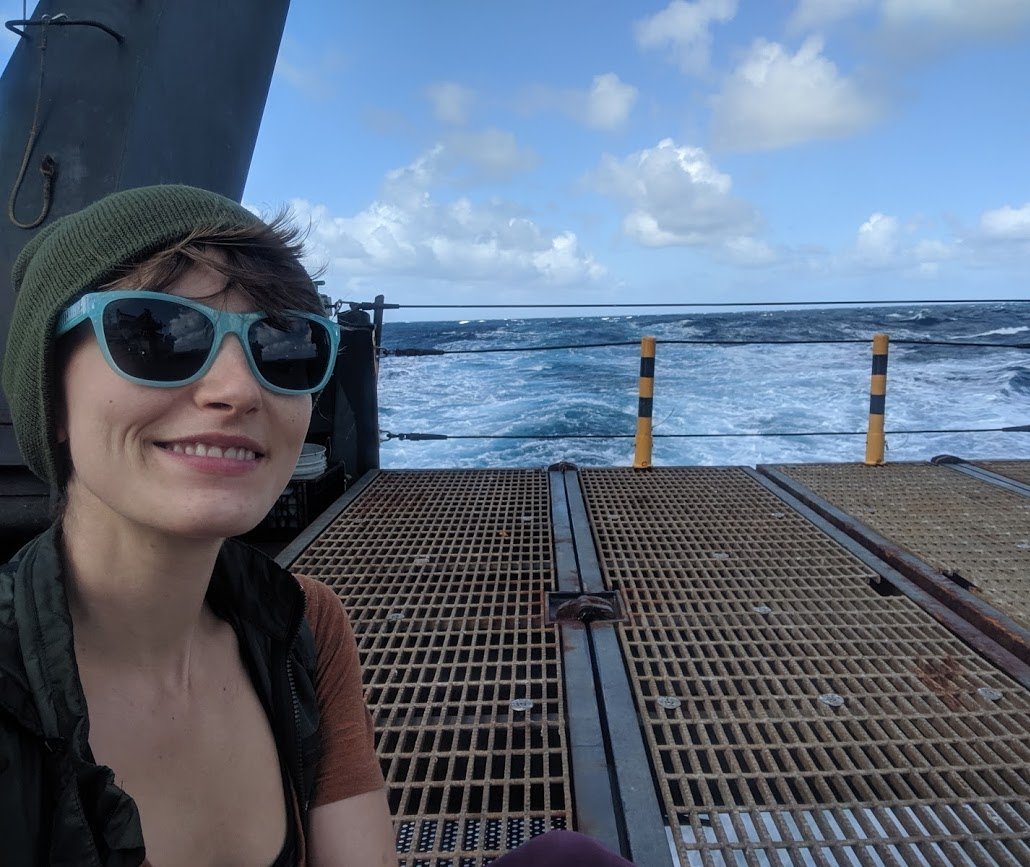Characterization & Distribution of Sea Surface Microplastics: an Inshore-Offshore Gradient off the Olympic Peninsula
The proposed methods were presented at the Seattle Aquarium's Microplastic Methodology Workshop on Oct. 1-2, 2019 and the 30th annual Pacific Northwest regional Chapter of the Society of Environmental Toxicology and Chemistry (PNW-SETAC) virtual conference on April 15-16, 2021. The final thesis was awarded the 2020 Outstanding Undergraduate Research Award by the Environmental Science & Management (ESM) department of Portland State University in the spring of 2020 - see the Portland State University ESM department newsletter on page 4.
Abstract:
The lack of baseline data regarding anthropogenic debris moving through & accumulating in various environmental compartments creates a vast gap in the literature for a number of reasons. These include a current lack of codified methodology to characterize microplastics both chemically & physically, as well as gaps regarding bioaccumulation & toxicological effects. Using Anna Bolm’s (OSU) sampling methodology, two research questions are explored during this survey. First, do microplastics follow an inshore-offshore geospatial gradient regarding abundance & distribution? And second, what are the proportions of each characterized type of microplastic along each transect? The project goal is to provide a distribution-abundance baseline for sea surface (2-3m deep) microplastics along two transects: La Push & Gray’s Harbor in Washington, USA. Organic matter digestion will be performed using a 10% KOH solution/incubation and after photography/count via dissection scope, a staining regime (likely Nile Red dye with possible co-staining) will be applied, and the MPs will be counted under the scope again. We use the following metrics to count & characterize the MPs found: size (MP>63um), color, morphology (fragment, film, fiber, fiber bundle, microbead, other), & chemical species of plastic via FT- IR spectrographic analysis. Microplastics count and type, independent environmental conditions and geospatial location data will be analyzed using a linear mixed-effects model.
Citation:
Wood, Rosemary, "Sea Surface Microplastics: an Inshore-Offshore Gradient Off the Olympic Peninsula" (2020). University Honors Theses. Paper 905. https://doi.org/10.15760/honors.926
See a presentation of the methods proposal for the public below.
















